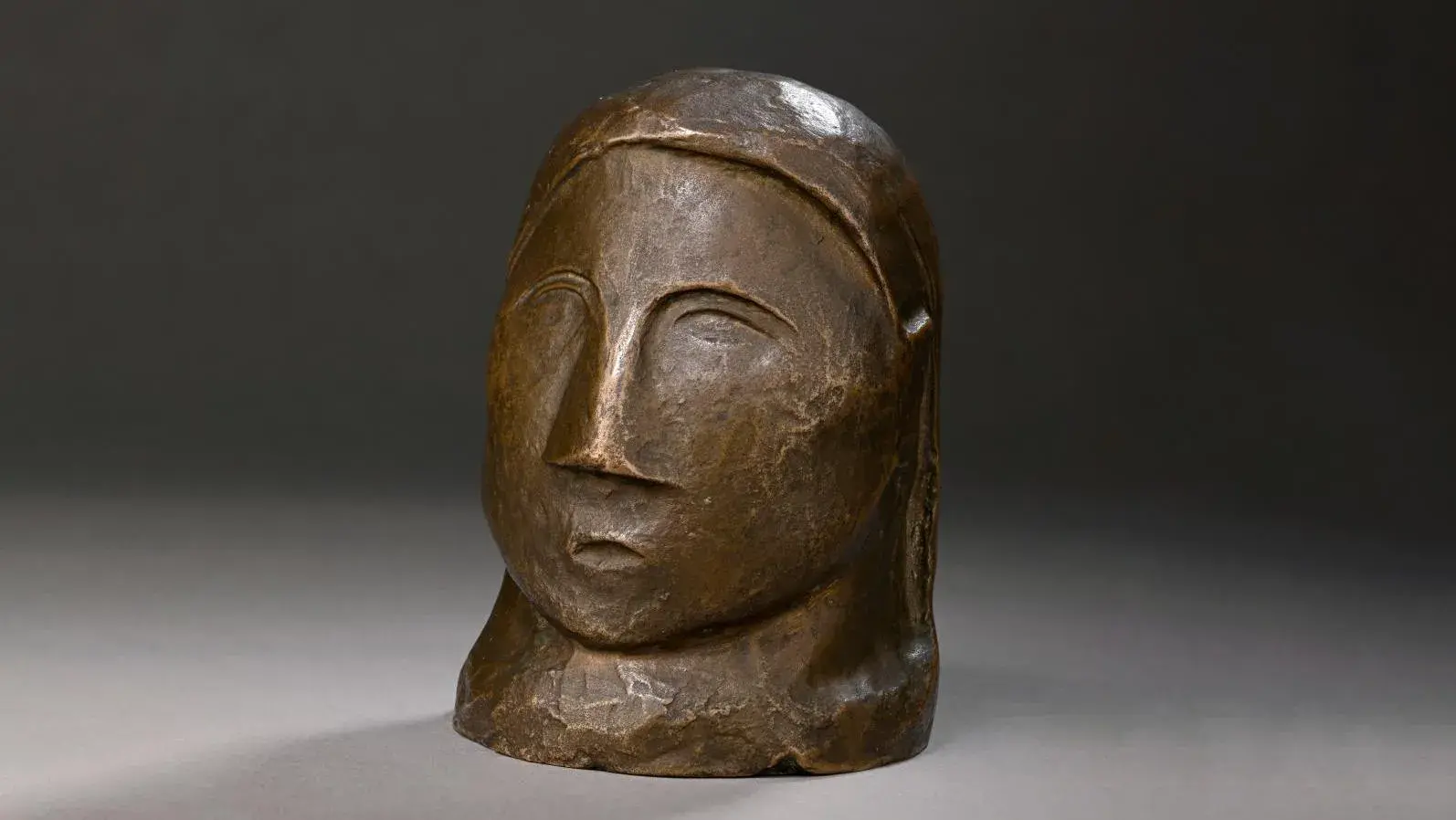Tête de Femme by Picasso, a Bronze Sculpture from 1906-1907
Published on

This rare bronze edition of a Head of a Woman from 1906-1907 provides an opportunity to revisit a pivotal moment in Picasso's artistic production. A moment when sculpture sheds light on the painter's work and reveals his inspiration .. Pablo Picasso (1881-1973), Tête de femme (Head of a Woman), 1906-1907, probably a 1933 cast by Florentin Godard, bronze with light brown patina, signed, 11.6 x 8.2 x 8.6 cm/4.5 x 3.2 x 3.4 in.Estimate: €100,000/150,000 Pablo Picasso once said “sculpture is the best comment a painter can make on painting”. Trained in the graphic arts, the Spanish artist embraced sculpture, self-taught and seizing opportunities to learn









